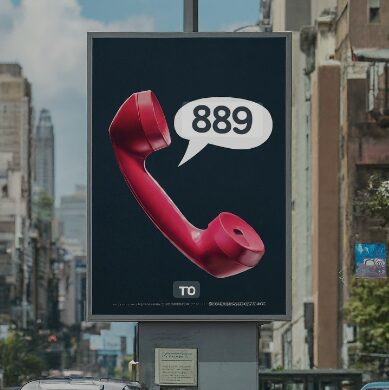AS SALIHIYYAH AL JADIDAH, EGYPT – June 27, 2025 – If you are a T-Mobile customer, you may have seen a text message from the three-digit number “889.” Receiving an alert from a short, unfamiliar number can often be a cause for concern. However, in this case, a message from 889 T-Mobile is typically a legitimate and official communication from the carrier.
This article will clarify the role of the 889 short code, explain the types of messages you can expect to receive from it, and offer guidance on how to safely handle these and other communications from your mobile provider.
The Official Purpose of the 889 T-Mobile Short Code
Unlike spam or phishing attempts that often come from full-length phone numbers, “889” is an official short code used by T-Mobile for specific types of customer notifications. A short code is a shortened phone number that businesses use to send and receive text messages, often for automated alerts and services.
According to T-Mobile’s own documentation and widespread customer reports, the 889 T-Mobile short code is primarily used for:
- Data Usage Alerts: T-Mobile sends notifications from 889 to inform you when you are approaching your high-speed data limit for the month. This is a helpful service to avoid unexpected slowdowns in data speed.
- KickBack Program Notifications: For customers enrolled in T-Mobile’s now-retired KickBack program, the 889 short code was used to send alerts, for instance, notifying a user if their data usage for the month was too high to qualify for the discount.
The key takeaway is that messages from 889 are informational. They are designed to keep you updated on your account status and data consumption.
How to Verify the Legitimacy of a Message from 889

While the 889 T-Mobile number itself is legitimate, it’s always wise to be cautious. Scammers are constantly evolving their tactics, though there are no widespread reports of fraud associated with this specific short code. Here are a few ways to verify that a message is authentic:
- Check the Content: A legitimate message from 889 will be informational. It will notify you about data usage or an account feature. It will not ask you for sensitive personal information like your password, social security number, or full credit card number.
- Examine Any Links: If the message contains a link, it should direct you to T-Mobile’s official domain. A legitimate T-Mobile link will typically use the “t-mo.co” domain, which is a shortened URL owned by the company. Be wary of links that use different domains or have misspellings.
- Cross-Reference with Your Account: If a text from 889 says you’ve used a certain amount of data, you can independently verify this by checking the official T-Mobile app or logging into your account on the T-Mobile website.
General Safety Tips for All Mobile Communications
Regardless of the sender, practicing good digital hygiene is the best way to protect yourself from scams.
- Never Share Verification Codes: If you receive a text with a one-time password or verification code that you did not request, do not share it with anyone. This is a common tactic used by scammers to gain access to your accounts.
- Be Wary of Urgent Requests: Scammers often create a false sense of urgency to pressure you into acting without thinking. Take a moment to consider any unexpected request.
- Report Suspicious Messages: If you receive a text message that you believe is a phishing attempt or spam, you can forward it to T-Mobile’s spam reporting service by sending it to the number 7726 (which spells SPAM).
In summary, seeing a text from 889 T-Mobile on your phone should not be a cause for alarm. It is a recognized communication channel for important account alerts. By staying informed and cautious, you can confidently distinguish these legitimate messages from potential security threats.


